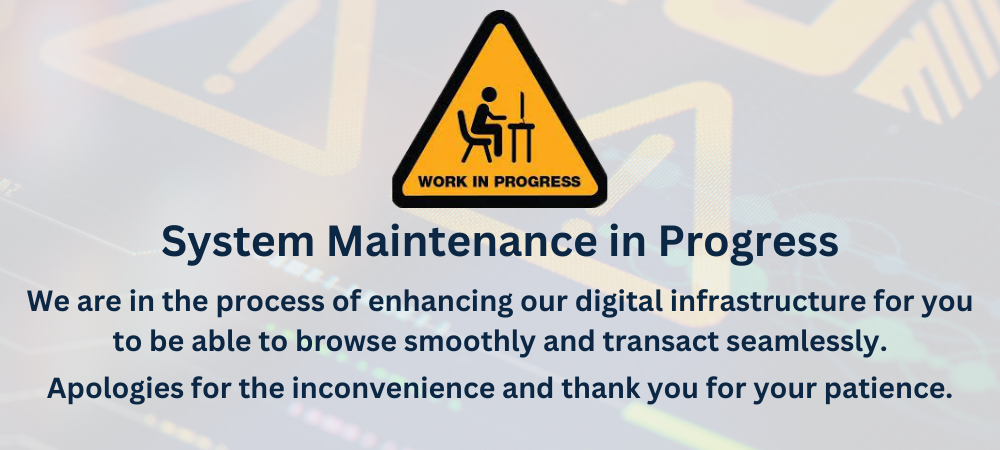Blog |
There are 2 main types of inflation: demand-pull and cost-push inflation. Find out what they are and why they’re different.
In the previous article, we looked into inflation and how it can reduce the value of our money over time. Click here to read the first part on inflation.
But do you know about the different forces that result in inflation? While various aspects cause inflation, we can classify the reasons behind inflation into two types: demand pull and cost push for easy understanding.
Today, we will examine these two types of inflation and what separates one from the other.
But first, let us understand the basic concept of demand and supply. The price of an item can increase due to its increase in demand or decrease in supply.
What Is Demand-Pull Inflation?
Demand-pull inflation is the increase in prices of goods and services due to increased demand. Economists describe this as too many dollars chasing too few goods.
But, you might ask, how people can get more money on their hands. It is simple. A person earning Rs.50,000 per month might get Rs.60,000 per month. In this case, the person might be interested in spending the extra money. One reason behind the increase in income can be the result of the government’s decreased tax rates. Another reason can be a decrease in interest rate by the Reserve Bank of India that might lead to more borrowing, and earnings might increase as an indirect impact of lower rates. Moreover, Pay Commission increases the wages of government employees regularly. While it might not be directly applicable to private employees, private companies might increase their salaries to retain talent.
So, we have looked into the various reasons that might lead to increased income, which will lead to more money being spent on items such as houses and cars.
This increase in prices due to an increase in demand is called demand-pull inflation.
What is Cost-push Inflation?
Cost-push inflation is also called supply shock inflation. We all know that raw materials are required to manufacture any particular product. In addition to that, there are labour costs and real estate prices, whether it is paying rent or paying the required space.
There can be an increase in raw materials such as crude oil due to geopolitical crisis. An increase in the labour cost can be because of the lack of experts in that particular field. Similarly, there can be an increase in real estate of a particular locality. So, the cost of raw materials, labour, or real estate increases.
These are just examples, and the reasons behind cost-push inflation will depend on that particular scenario.
So, when the costs of the production of an item increase, the company must transfer the increase in the cost of production to the customers. They can do so by increasing the price or reducing the quantity.
This is how cost-push inflation increases the price of everyday items.
Demand-Pull Vs Cost Push Inflation
Let us look at the differences between demand pull and cost push inflation.
Meaning:
Demand-pull inflation is a type of inflation that happens when aggregate demand goes up. Cost-push inflation makes the total supply of goods and services go down. The increase in price is caused by an increase in the cost of production.
Demand:
When aggregate demand goes up, demand-pull inflation happens. In cost-push inflation, the demand remains the same.
Reason:
Demand-pull inflation happens due to a rise in aggregate demand. On the other, an increase in price for things like raw materials, labour, and so on is the reason behind cost-push inflation.
What it indicates:
Demand-pull inflation indicates that prices of items have gone up. On the other hand, it is assumed that cost-push inflation is difficult to stop once it has begun.
Reasons:
Monetary and other government policies may be the reason behind demand-pull inflation. Cost-push inflation is due to companies increasing the prices of goods as per the rise in production costs.
Conclusion:
Inflation is a fairly complex subject, but the issue of inflation is not going away. Understanding the various types of inflation and how they affect economic activity will help you manage growing prices in general and inflation in particular.

